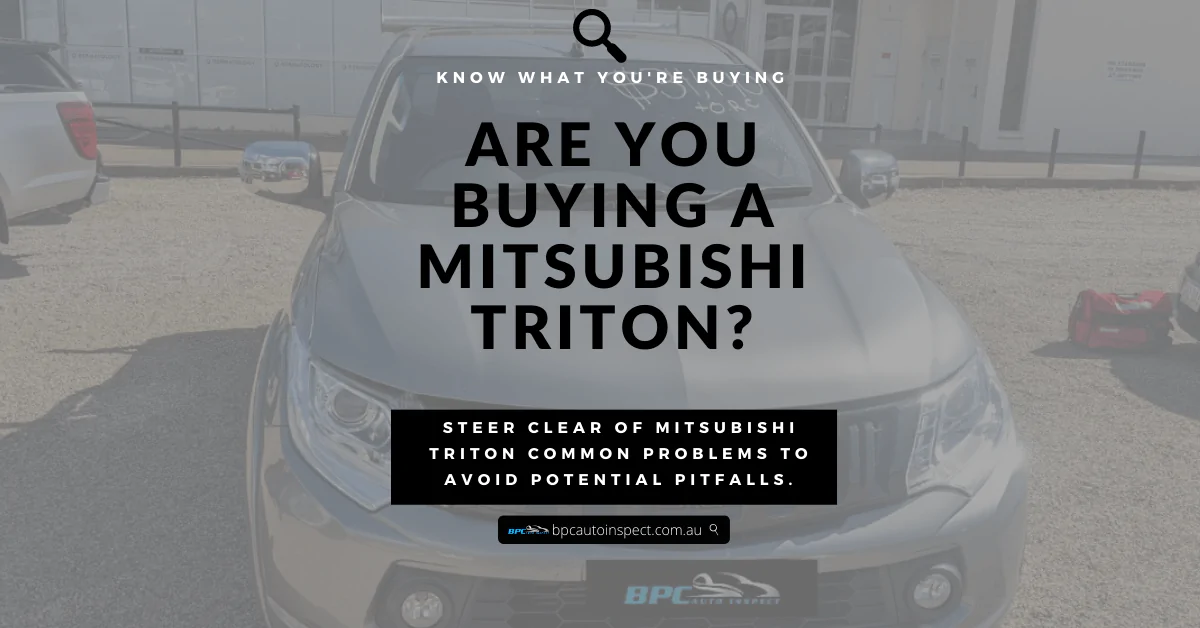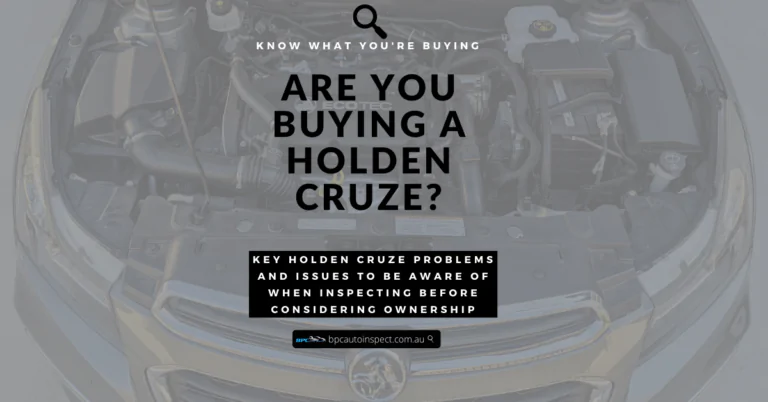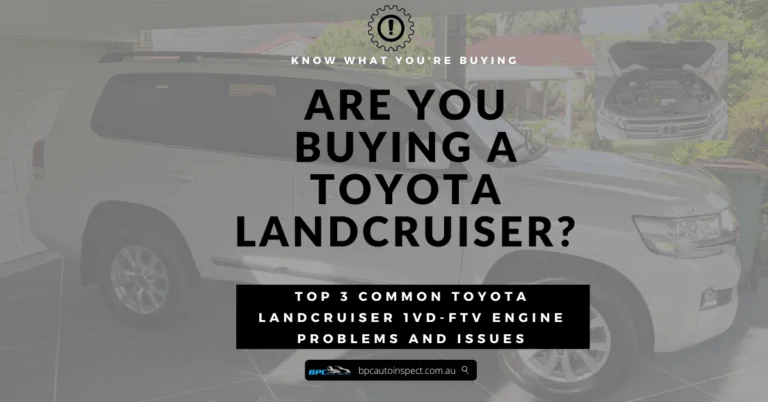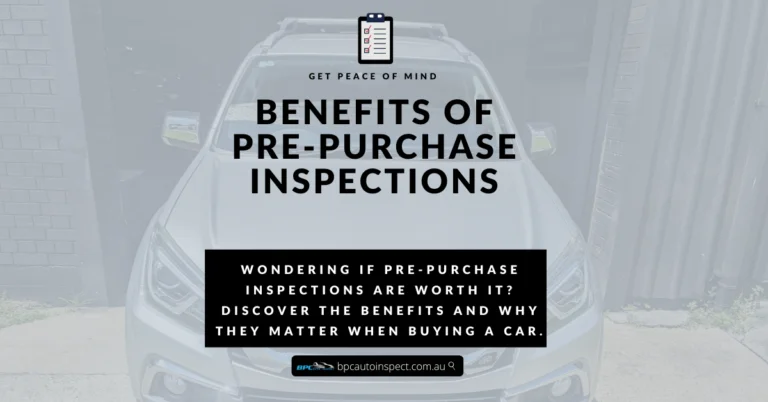Mitsubishi Triton Problems & Soulutions
Common Mitsubishi Triton problems: turbo failure, vibration, hard starts & rust. Must-read guide for owners & used buyers before you inspect or buy.
As shown in the images below, the buyer who booked a mobile pre-purchase car inspection in the Redlands found it was well-spent money.
In this article
What are the common problems with Triton?
Common Triton problems include turbo failure, engine vibrations, hard starting, poor throttle response, and reduced performance. Carbon buildup, faulty injectors, and EGR issues often contribute, especially in high-mileage diesel models.

Faulty EGR Valve
The Exhaust Gas Recirculation (EGR) valve can contribute to intake clogging in certain vehicles, including some models of the Mitsubishi Triton. The EGR system is designed to recirculate a small amount of exhaust gas into the engine’s intake manifold. This process helps reduce nitrogen oxide (NOx) emissions, which is good for the environment.
However, the recirculated exhaust gases contain carbon particles and other contaminants, which can lead to the buildup of carbon deposits in the intake system of a diesel engine over time. The EGR valve, responsible for controlling the flow of exhaust gases into the intake manifold, can sometimes malfunction or become clogged like the image shown with VW Amarok EGR valve problems. When the EGR valve fails to close or gets stuck in the open position, too much exhaust gas may enter the intake manifold, contributing to increased carbon deposits.
Symptoms of a Faulty EGR Valve Causing Intake Clogging:
- Rough Idling: An EGR valve that is stuck open can disrupt the air-to-fuel ratio, leading to rough idling and engine stalling.
- Reduced Engine Performance: Clogging of the EGR valve or too much recirculation can cause a drop in engine power and torque.
- Check Engine Light (CEL): A malfunctioning EGR valve can trigger the check engine light on the dashboard, indicating a problem that requires diagnosis.
- Increased Emissions: If the EGR valve fails to function correctly, it may lead to higher nitrogen oxide (NOx) emissions, potentially causing your Triton to fail emission tests.
- Buy an oil catch can kit* (eBay affiliate link). They are readily available and inexpensive to buy from eBay for turbo diesel engines.
Solution:
If you suspect that the EGR valve is causing intake clogging or other related issues in your Mitsubishi Triton, it’s essential to have the vehicle inspected by a qualified mechanic. They can diagnose the EGR system and check for any clogs or malfunctions. Depending on the severity of the problem, the mechanic may recommend one of the following solutions:
- EGR Valve Cleaning: The EGR valve may be clogged with carbon deposits. Cleaning the EGR valve and its passages can resolve the issue.
- EGR Valve Replacement: If the EGR valve is irreparably damaged or clogged beyond cleaning, the mechanic may suggest replacing the valve with a new one.
- EGR System Inspection: The mechanic will also inspect the EGR system’s components, including the EGR cooler, for any leaks or malfunctions that may contribute to excessive carbon buildup.
Thinking of Deleting or Disabling the EGR Valve?
Here’s what they say over at Unsealed 4X4:
Some folks will tell you the best thing to do is disable the EGR valve by blocking it off. That stops the soot from mixing with the oil-fumes, but it’s illegal to tamper with the emissions controls on a motor vehicle, so you’re leaving yourself open to lots of legal and potential insurance hassles. Not to mention what Mitsubishi would do with your warranty if there’s a claim down the track.
The manufacturer recommends regular maintenance and cleaning of the EGR system. This helps to prevent severe intake clogging caused by the EGR valve. Additionally, using high-quality fuel and following proper driving habits can aid in reducing carbon buildup and maintaining the overall health of the engine and intake system.
Severe Rust in Front Support
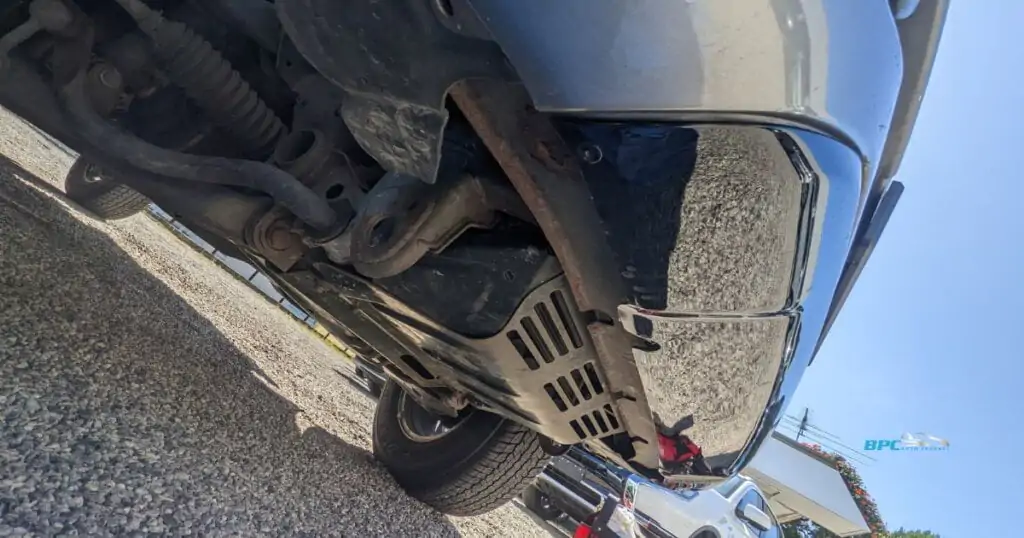
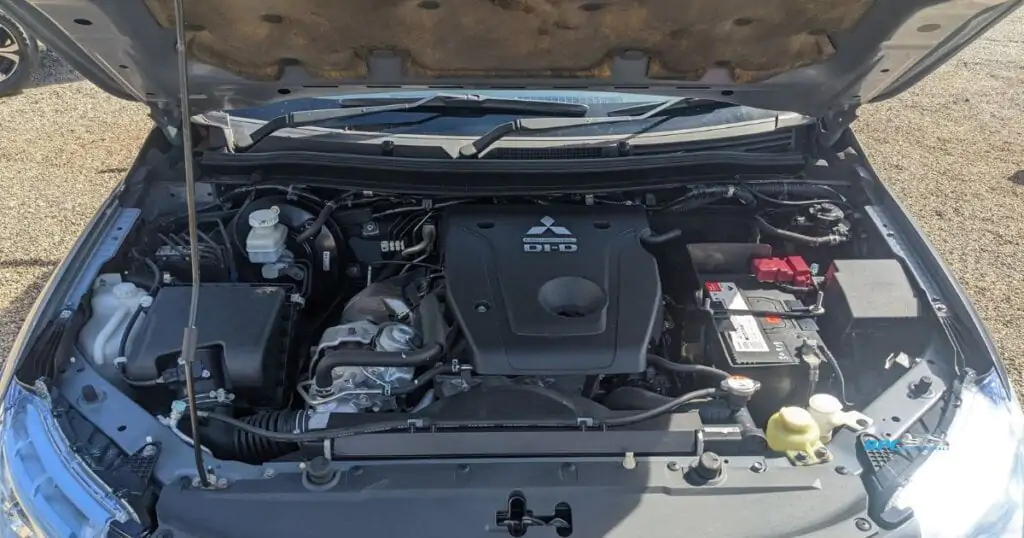

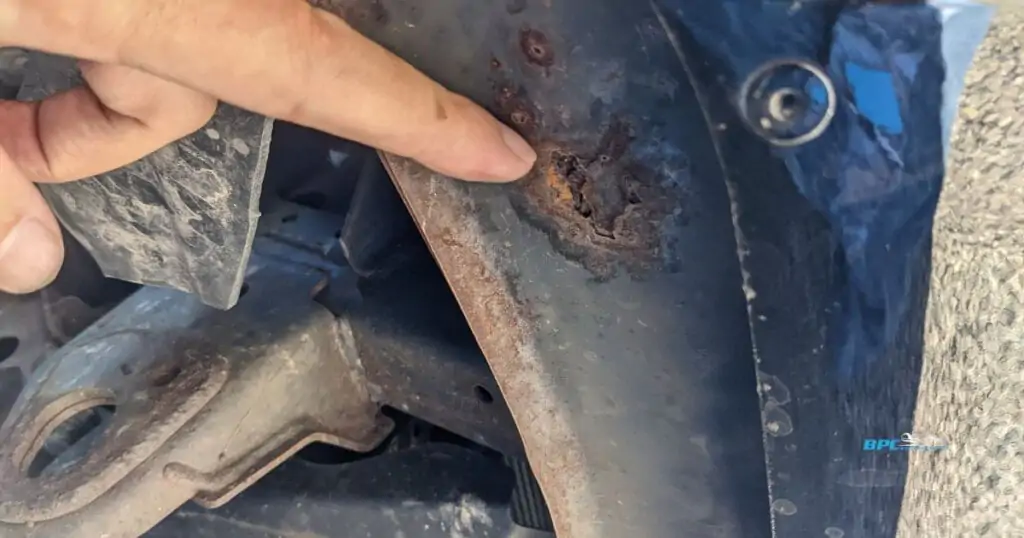
There have been reports of rust developing in the front support of some Mitsubishi Triton MQ models. The front support (intrusion bar) behind the front bumper is a critical component of the vehicle’s suspension, and if it rusts through, it can cause the suspension to collapse. This can be a dangerous situation, leading to loss of control of the vehicle.
The images from a 2016 Mitsubishi Triton GLS MQ Auto 4×4 MY16 Double Cab done 140,000km on a used car inspection by BPC Auto Inspect. The comments in the CarSales advertisement read:
LOVELY 1 OWNER EXAMPLE
4x Brand new Dunlop AT Tyres
High Gloss Black 17-inch wheels
2 keys, full service history
Soft Tonneau Cover and Alloy Ladder Racks
Ready for Work or Play!
The rust issue is thought to be caused by a combination of factors, including the use of low-quality steel in the front support, exposure to road salt, and poor drainage. If you plan to use your 4WD for its intended purpose, consider rust-proofing the underbody. One of the Mitsubishi Pajero issues is surface rust, which can lead to structural rust if no rust protection is added.
If you own a Mitsubishi Triton MQ, check the front support for signs of rust. If you see any rust, you should have it inspected by a qualified mechanic.
Here’s a thread discussing chassis rust over at Mitsubishi Forums:
Hi looking for an idea of what to try next I have a 2016 Triton 4×4 it has never been near the beach but has loads of chassis rust and the intrusion bar behind the front bumper is flaking.
Tips to Prevent Rust in Your Mitsubishi Triton MQ Dual Cab Ute:
- Wash your vehicle regularly, especially in areas where road salt is used.
- Apply a rust-proofing product to the front support. There are plenty of aftermarket products available on eBay
- Keep the drainage holes in the front support clear of debris.
If you are concerned about the rust in your Mitsubishi Triton MQ Dual Cab Ute, you can contact Mitsubishi customer service for more information.
Turbocharger Problems in the Mitsubishi Triton
Turbocharger failure is one of the most common and costly issues seen in used Mitsubishi Tritons, especially diesel models. Owners often report sluggish acceleration, black smoke, and reduced power, particularly under load. These symptoms are usually tied to carbon buildup in the intake, split intercooler hoses, or faults in the wastegate actuator or boost control solenoid.
What Causes Triton Turbo Failure?
- Carbon buildup restricts airflow and puts pressure on the turbo system.
- Cracked or split intercooler hoses leak boost, causing poor performance.
- Faulty solenoids or wastegates affect boost regulation, leading to under- or over-boost conditions.
How to Fix or Prevent Turbo Failure
- Regularly clean or replace the EGR and intake components to prevent carbon buildup.
- Inspect intercooler hoses for cracks or oil mist – replace if worn.
- Use a scan tool to diagnose boost-related fault codes* (Amazon affiliate link) (e.g., P0234 or P0299).
- Upgrade to a reinforced silicone hose kit or aftermarket boost controller for better reliability.
Looking to prevent future turbo issues? A high-quality silicone intercooler hose kit or digital boost gauge can save your Triton from costly turbo damage.
Shop recommended turbo upgrade kits on eBay →* (ebay affiliate link)
Thinking of Buying a Used Mitsubishi Triton?
Avoid costly repairs and hidden issues. Book a mobile pre-purchase inspection today – our Brisbane-based service checks turbos, rust, vibrations, and more.
Prefer to talk first? Contact us here or learn more about our inspection service.
FAQs About Mitsubishi Triton Problems
What are common Mitsubishi Triton problems?
Common issues include turbo failure, engine vibration, difficulty starting, sluggish performance, and rust in the rear chassis area.
Why does my Mitsubishi Triton vibrate while idling?
Engine mount wear, injector imbalance, or carbon buildup in the intake system are common causes of vibrations in the Triton during idle.
How can I tell if a Triton turbo is failing?
Watch for power loss, excessive smoke, whistling noises, or slow acceleration, especially on hills. A diagnostic scan can confirm turbo efficiency.
Is it worth buying a used Mitsubishi Triton?
Yes, if you inspect key issues first: EGR condition, turbo function, underbody rust, and service history. A professional pre-purchase inspection is highly recommended.
What should I check before buying a used Triton?
Check for signs of turbo lag, rust near rear chassis, black smoke, sluggish starts, and unusual engine vibrations. Review the logbook and test drive.
*As an Amazon Associate and eBay Partner I earn from qualifying purchases. This post may contain affiliate links to products I recommend.
Also Please Note: The information contained on this page is for general information purposes only. All reasonable steps have been taken to ensure that this information is accurate, complete and up-to-date. Also if you believe any information we have displayed is inaccurate, please contact us immediately and we will take reasonable steps to correct it. Finally, this information is a guide only and cannot be used as a reference to the point of law.
✅ Need a Pre-Purchase Car Inspection?
Don’t risk buying a lemon. At BPC Auto Inspect, we provide detailed mobile vehicle inspections across Brisbane. Fast, thorough, and independent.
🚗 Book a Mobile Inspection
